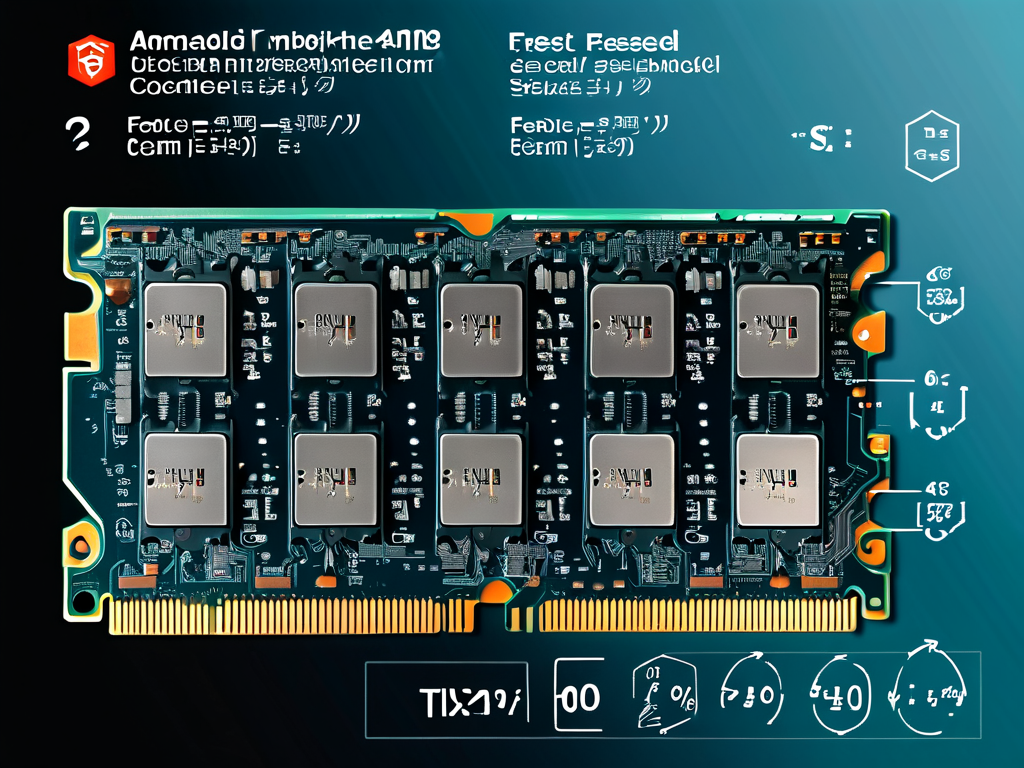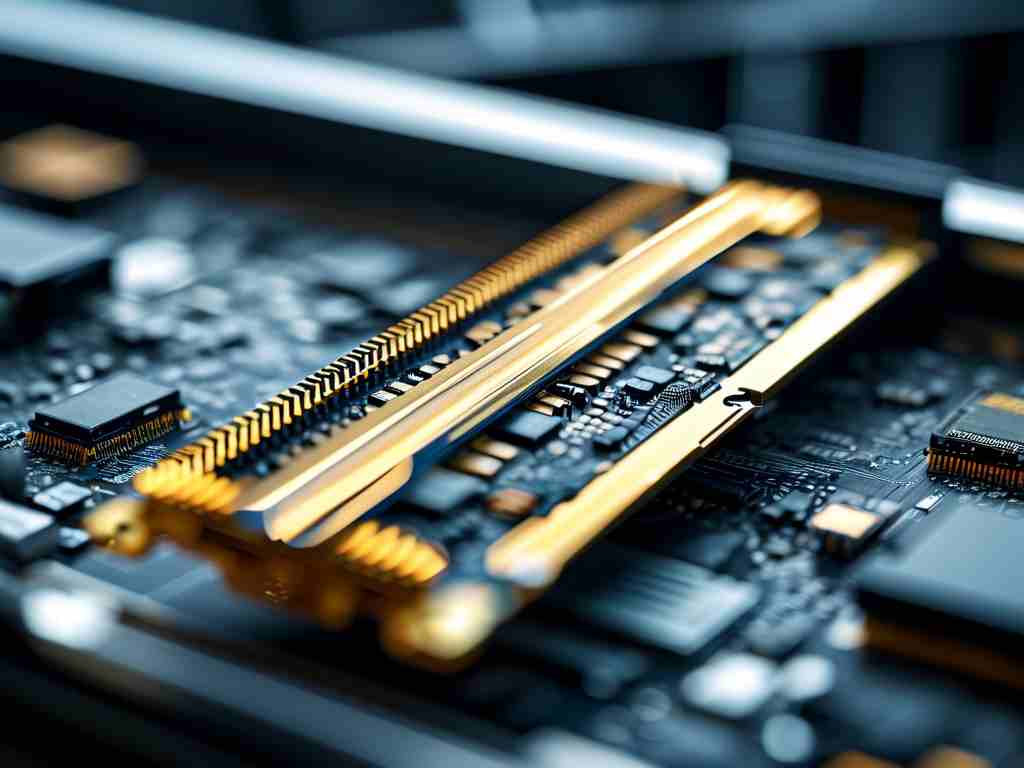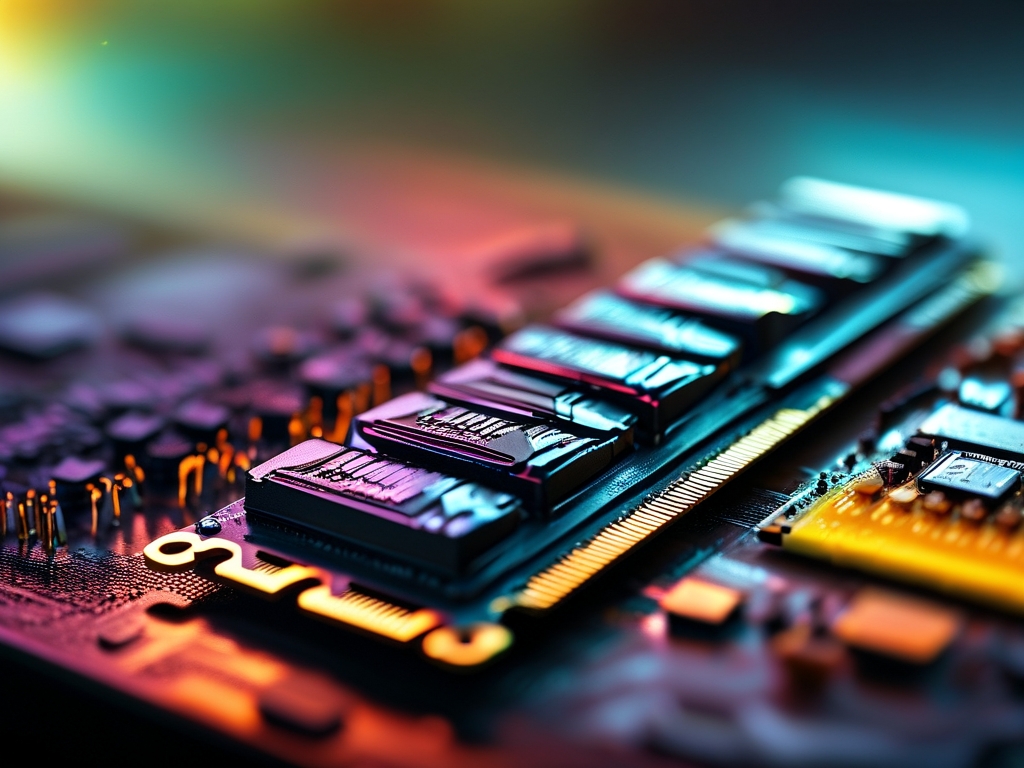Understanding how to calculate memory module speed is crucial for optimizing computer performance. While many users focus on capacity, the actual data transfer rate of RAM (Random Access Memory) significantly impacts tasks like gaming, video editing, and multitasking. This guide explores the technical methodology behind determining memory speed while clarifying common misconceptions.

The Fundamentals of RAM Speed
Memory speed is measured in megatransfers per second (MT/s), often conflated with megahertz (MHz). Modern DDR (Double Data Rate) memory completes two data transfers per clock cycle, meaning a DDR4-3200 module operates at 1,600 MHz while achieving 3,200 MT/s. This distinction is critical – manufacturers typically advertise the effective transfer rate (MT/s) rather than the base clock frequency.
Key Calculation Formula
The core formula for calculating theoretical bandwidth is:
Bandwidth (GB/s) = (Memory Speed × Bus Width × Channels) / 8 For example, a DDR4-3200 module (3,200 MT/s) in dual-channel configuration:
(3,200 × 64 × 2) / 8 = 51.2 GB/s This calculation reveals why high-frequency memory and multi-channel configurations dramatically improve performance in memory-intensive applications.
Practical Measurement Tools
Users can verify memory speed through:
- BIOS/UEFI settings displaying active frequency
- Utilities like CPU-Z (shows DRAM Frequency × 2 for DDR modules)
- Command-line tools (e.g.,
wmic memorychip get Speedin Windows)
Overclocking Considerations
Enthusiasts often push memory beyond factory specifications. Successful overclocking requires understanding:
- Timing ratios (CAS Latency, tRCD, tRP)
- Voltage tolerances (typically 1.2V–1.5V for DDR4)
- Stability testing protocols (MemTest86, Prime95)
Real-World Performance Factors
While calculations provide theoretical maximums, actual performance depends on:
- Memory controller quality in CPU
- Motherboard trace design
- Thermal conditions
- Operating system memory management
Common Mistakes to Avoid
- Confusing MT/s with MHz in specifications
- Ignoring dual-channel configuration requirements
- Overlooking compatibility with CPU memory controllers
- Mismatching modules with different timings
Industry Standards Evolution
JEDEC specifications define baseline speeds, while XMP (Extreme Memory Profile) enables higher performance. Recent DDR5 modules introduce:
- On-die ECC error correction
- Burst length enhancements
- Split bank group architecture
Future-Proofing Considerations
When selecting memory:
- Prioritize manufacturer validated QVL (Qualified Vendor List)
- Balance speed with latency (lower CAS numbers preferred)
- Consider platform limitations (e.g., AM5 vs. LGA1700 memory support)
This comprehensive approach to understanding RAM speed calculations empowers users to make informed decisions when upgrading systems or troubleshooting performance bottlenecks. Technical professionals should always validate calculations with empirical testing, as real-world conditions may vary from theoretical models.



